Beans
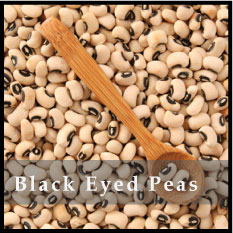 Black Eyed Peas SOLD OUT($3.50) - 70 days, The plants of this variety are high yielding, vigorous and fairly easy to grow. You can use these as green shell peas or dry like winter beans. Resistant to wilt and nematodes.
Black Eyed Peas SOLD OUT($3.50) - 70 days, The plants of this variety are high yielding, vigorous and fairly easy to grow. You can use these as green shell peas or dry like winter beans. Resistant to wilt and nematodes.
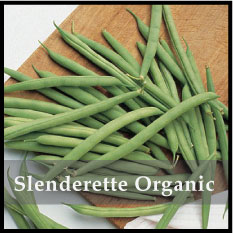
Slenderette ‘Organic’ ($3.50)– 57 days, Dark green, slender, stringless 5” pods on vigorous plants 16-20’. Pods set on upper half of plant for easy picking. Slow seed and fibre development for extended harvest. Seed is organically grown.
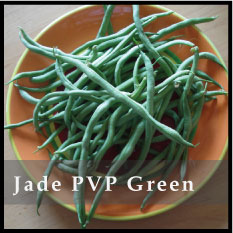
Jade PVP ($3.50) – 55 days. Excellent market and P.Y.O. variety. Part of a new class of green beans: the Green Rod type. Extra long 7”, straight – slender pods, rich green color. Naturally occurring persistent green gene holds color and taste long after picking. Jade has become one of our customer’s favorite beans. Heavy Yielder. (avg 1700sds / lb)
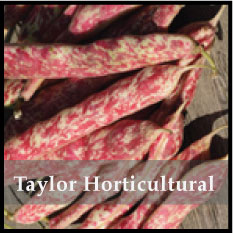
Taylor Horticultural ($3.50) –70 days. Flamed red dried beans for winter use. Excellent taste and picking quality. Pick as a Romano bean or allow to develop as a semi dried bean. Striped red seeds. (avg 900-1000sds/lb)
(Tip) Dry & Shell Beans: Used for dried beans. High source of Protein and fibre.
Culture: Sow the same as green bush beans. Allow the pods to mature and the plants to die off. Harvest the plants then hang them to dry for proper curing. Pick pods off when they are hard and the beans shake in the pods. Thresh or shell the seeds. To control insects in storage, place seeds in the oven for 10-15 min at 250F or freeze for 3 hours.

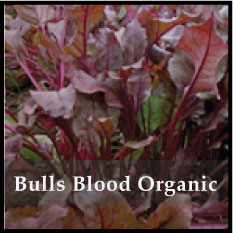
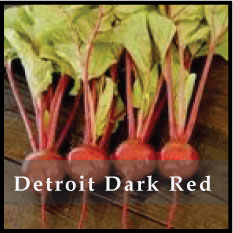
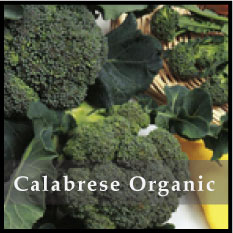
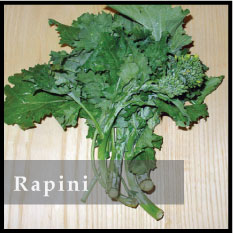
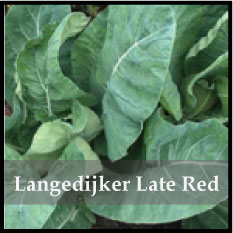
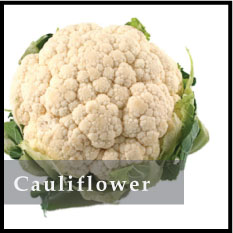
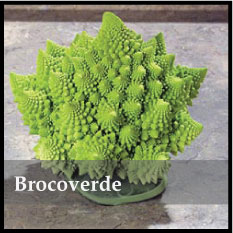
 Copyright © 2010, Sesen Farm & Seeds Ltd. All rights reserved.
Copyright © 2010, Sesen Farm & Seeds Ltd. All rights reserved.